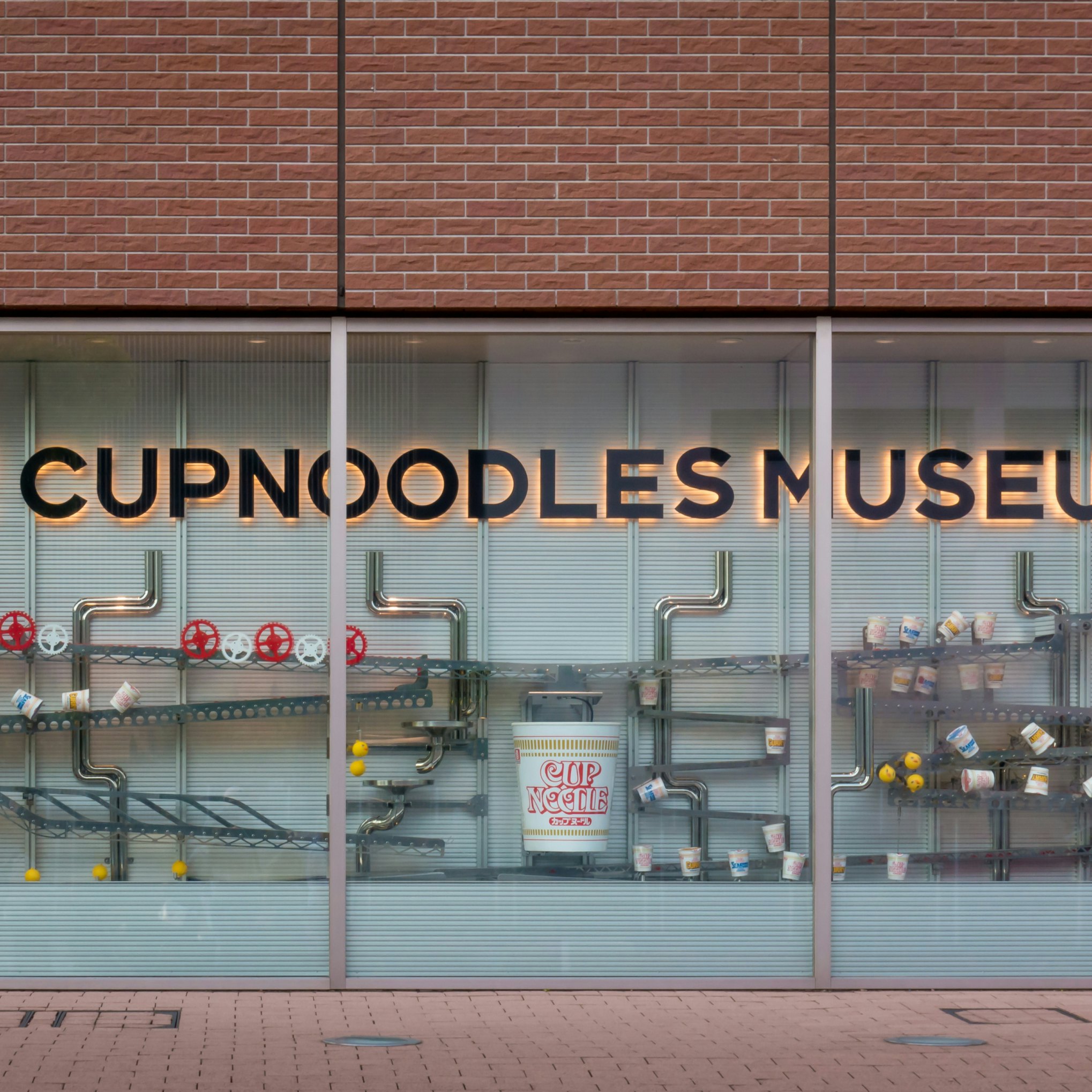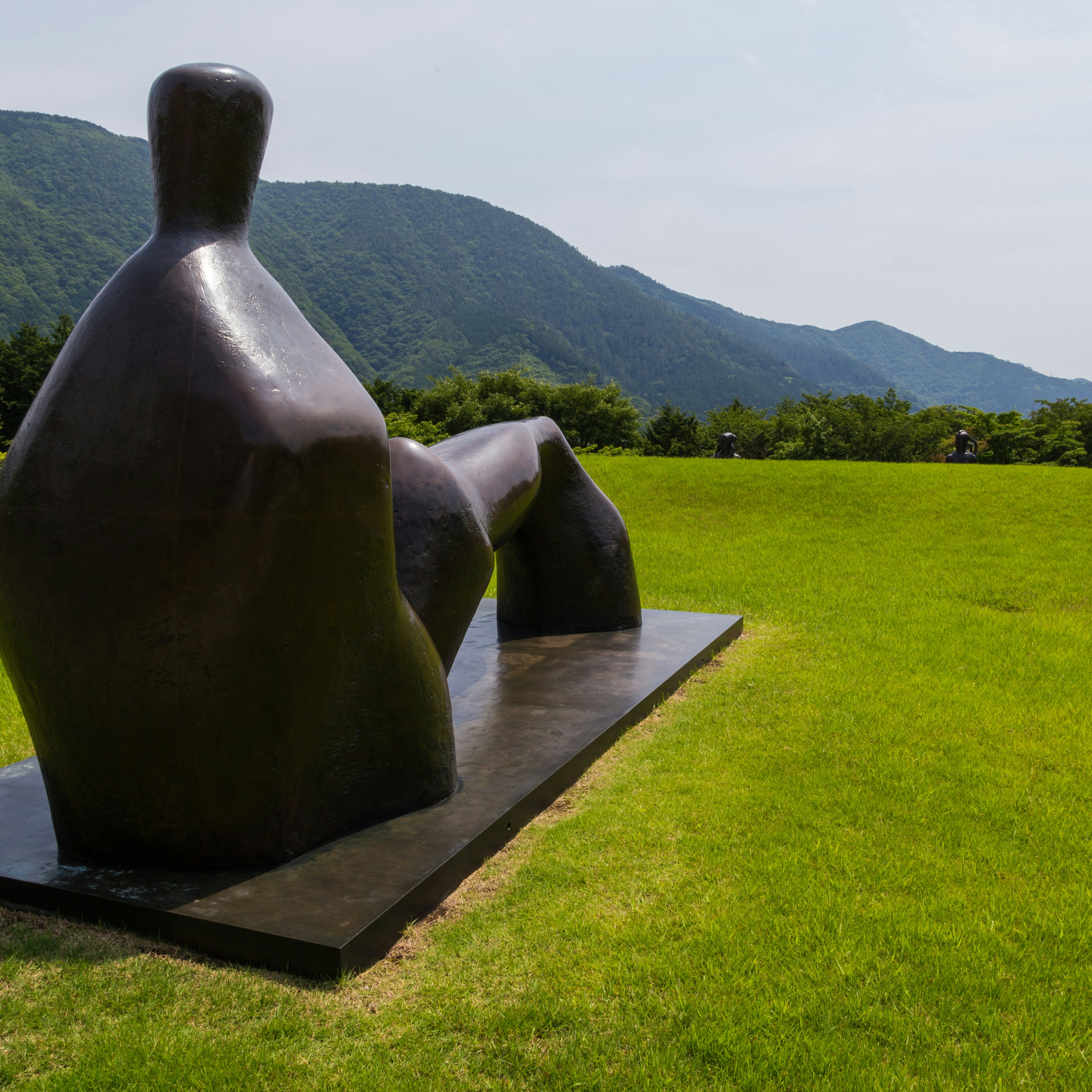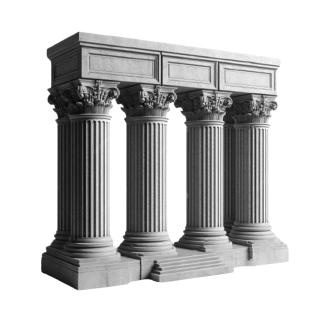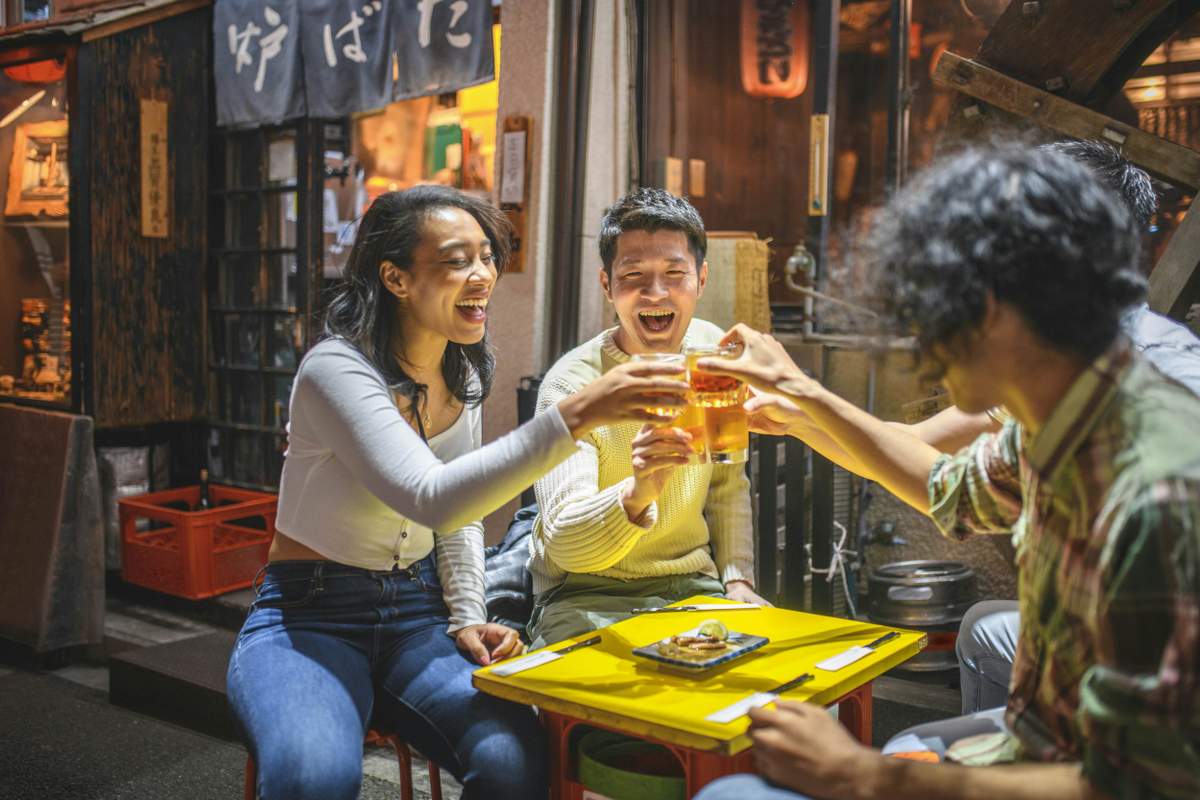
Overview
Once you've succumbed to Tokyo's manifold pleasures, and the capital has chewed you up, Godzilla-style, worry not: there's a whole other world out there, where spiritual sanctuaries, invigorating hot springs and idyllic natural scenery awaits; and most of it is less than two hours away from the city.
Leave the planning to a local expert
Experience the real Around Tokyo. Let a local expert handle the planning for you.
Must-see attractions
Get a book. Get inspired. Get exploring.
in partnership with getyourguide
























